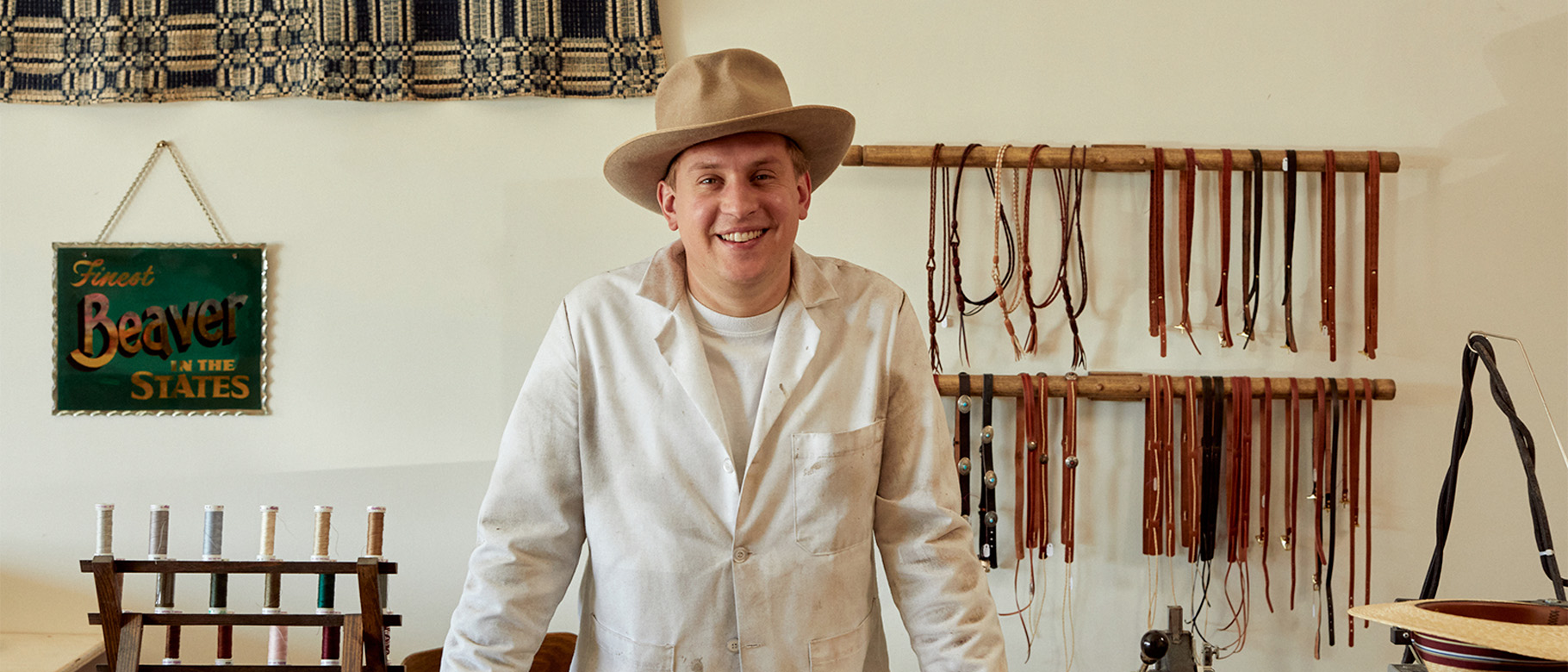

It’s hard to know where to start with someone like Cody Wellema. A kinder, more generous or more talented craftsman you could never wish to meet. He’s been a bespoke hat maker his whole life-long, and his knowledge and skill in his chose metier is unparalleled.
His story is also fascinating for its twists and turns. Wellema is largely self-taught, a path he took as a last resort, having had dozens of doors slammed in his face. He’s also a purist when it comes to style and believes in letting a hat patina with you over time, rather than artificially distressing it like some of his competitors do – something we wholeheartedly agree with.
Based in California, with a picturesque workshop filled to the brim (no pun intended) with vintage equipment, stepping into Cody’s kingdom is like a journey into the heyday of handmade menswear. Here are a few things he’s learned over years spent refining his craft.
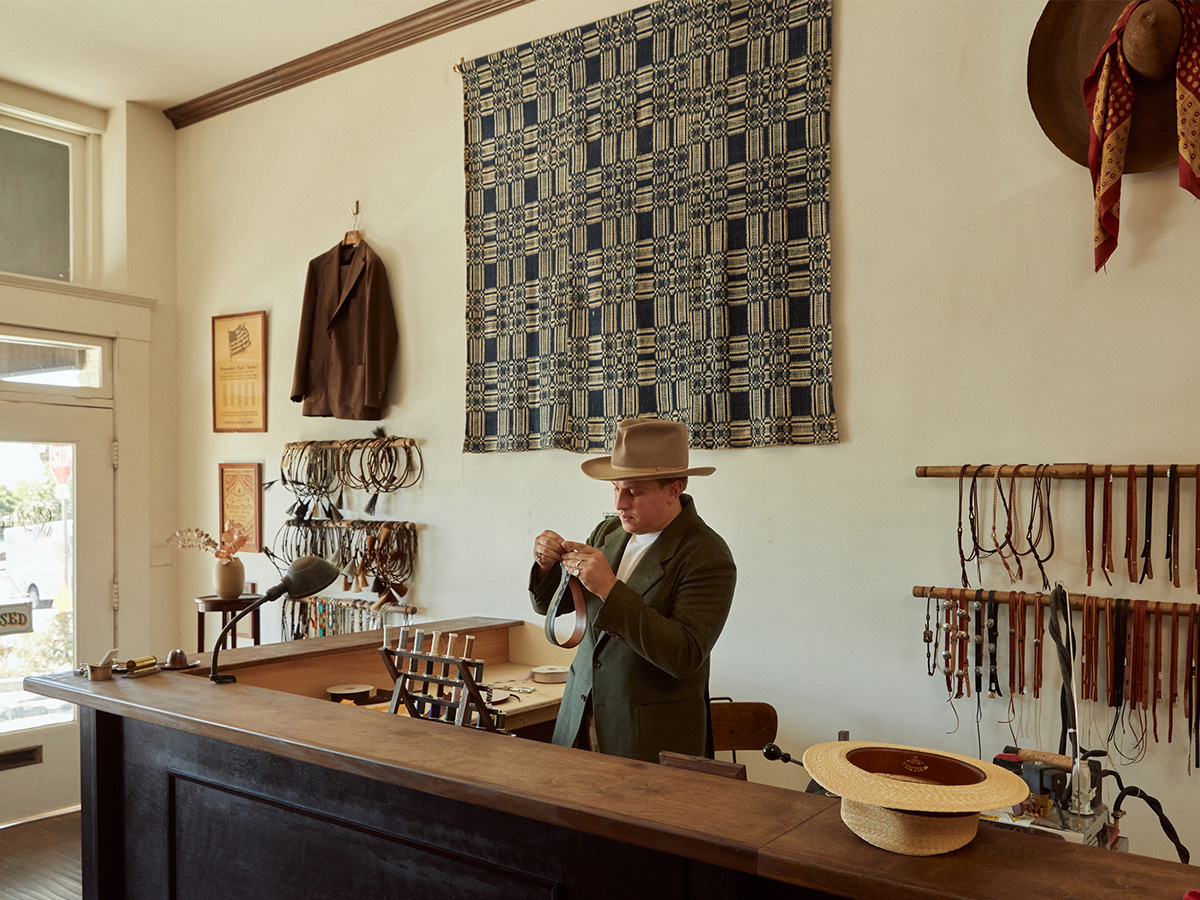
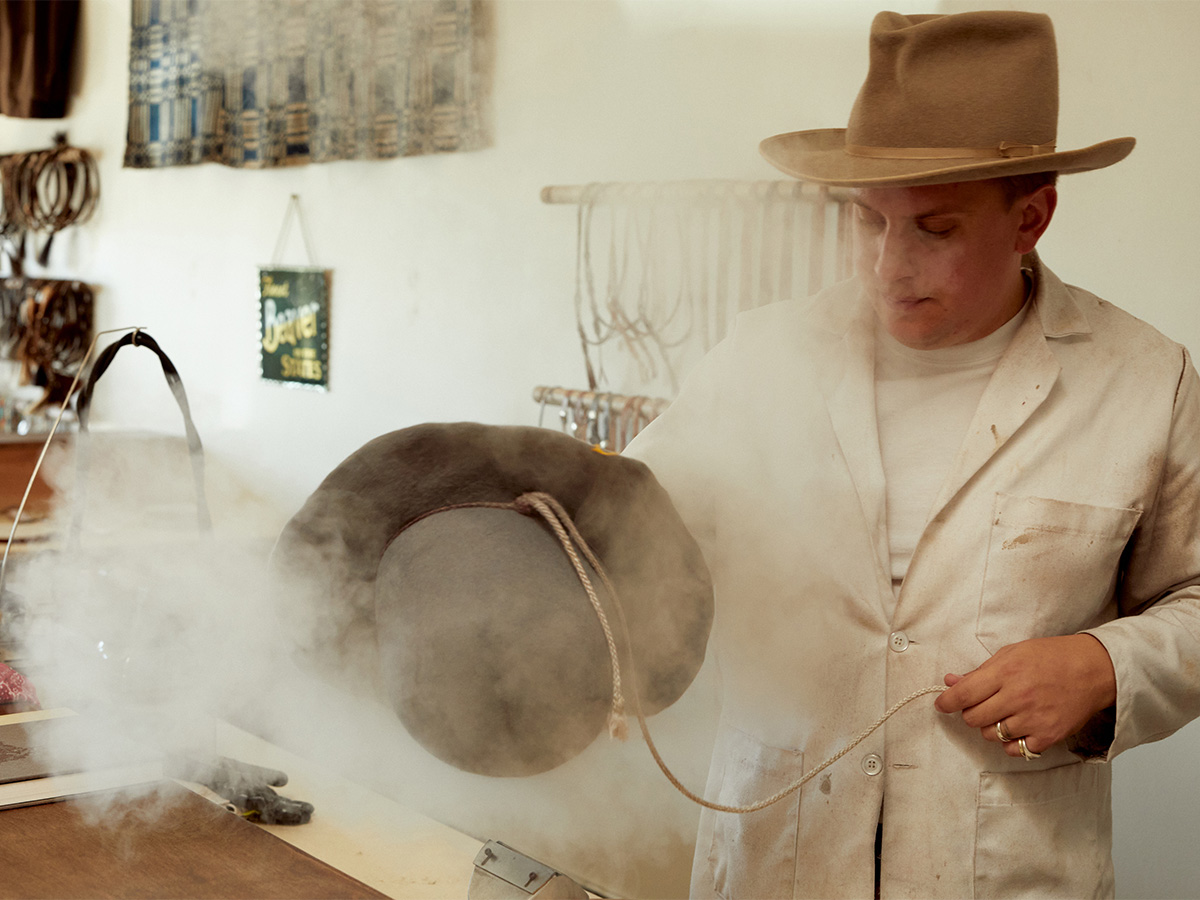
I’ve always loved hats – ever since I was a kid. I used to be fascinated by all the different types, whether that’s a flat cap kind-of-thing or a beanie or a fedora. As I grew up and hit my teens, I started to realise there was a bigger world out there than the one I knew. When I was first exposed to different kinds of music and culture and cinema, I started to fall in love with the style of earlier time periods; from early 20th century jazz and blues, through to rock and roll or jazz in the ‘60s and ‘70s. When you spend some time looking at previous decades, you realise that everybody was in their hat, all the time.
Following the music, I started collecting vintage clothing. Most of my wardrobe is pre ‘60s, if not pre ‘50s. Then with all that came hats, I started to collect old pieces and comparing them to the mass-produced hats that are available today. There was no contest.
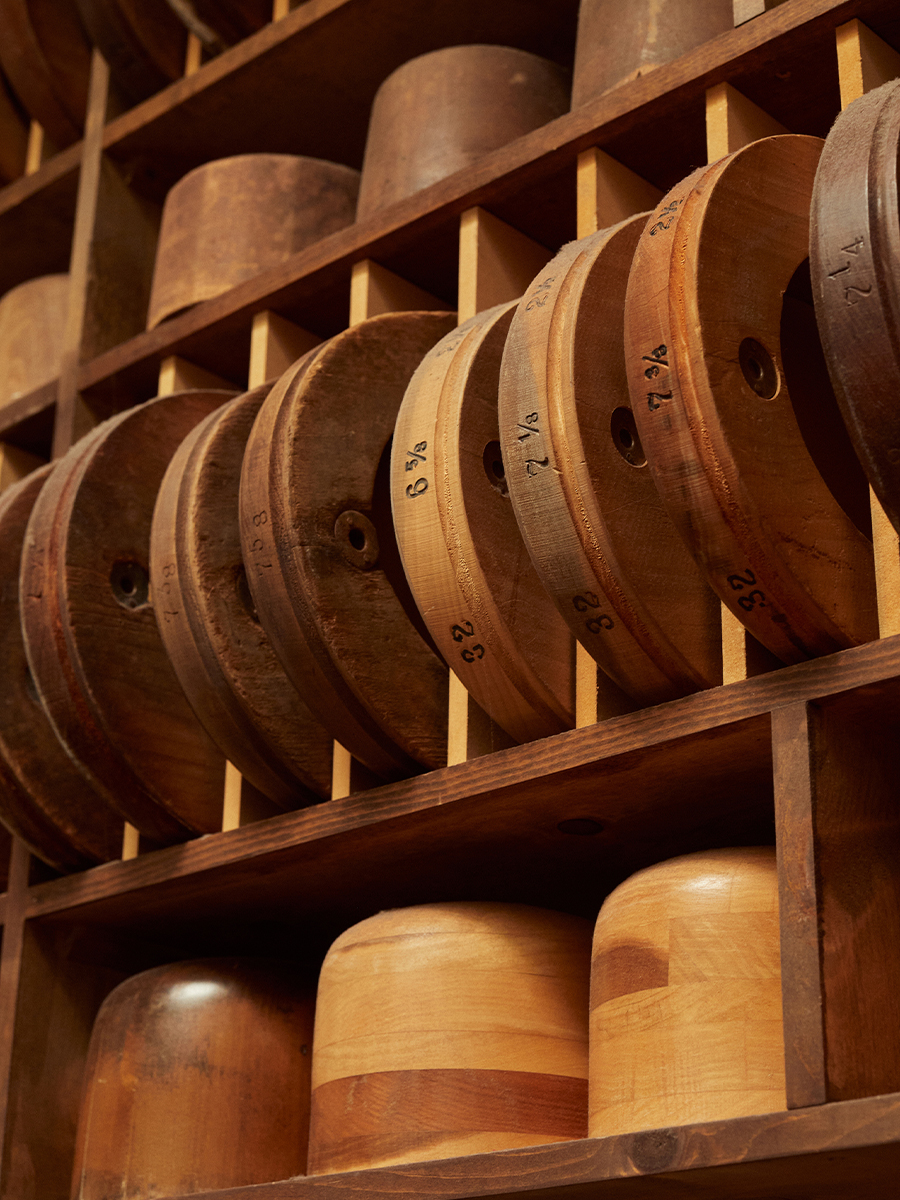
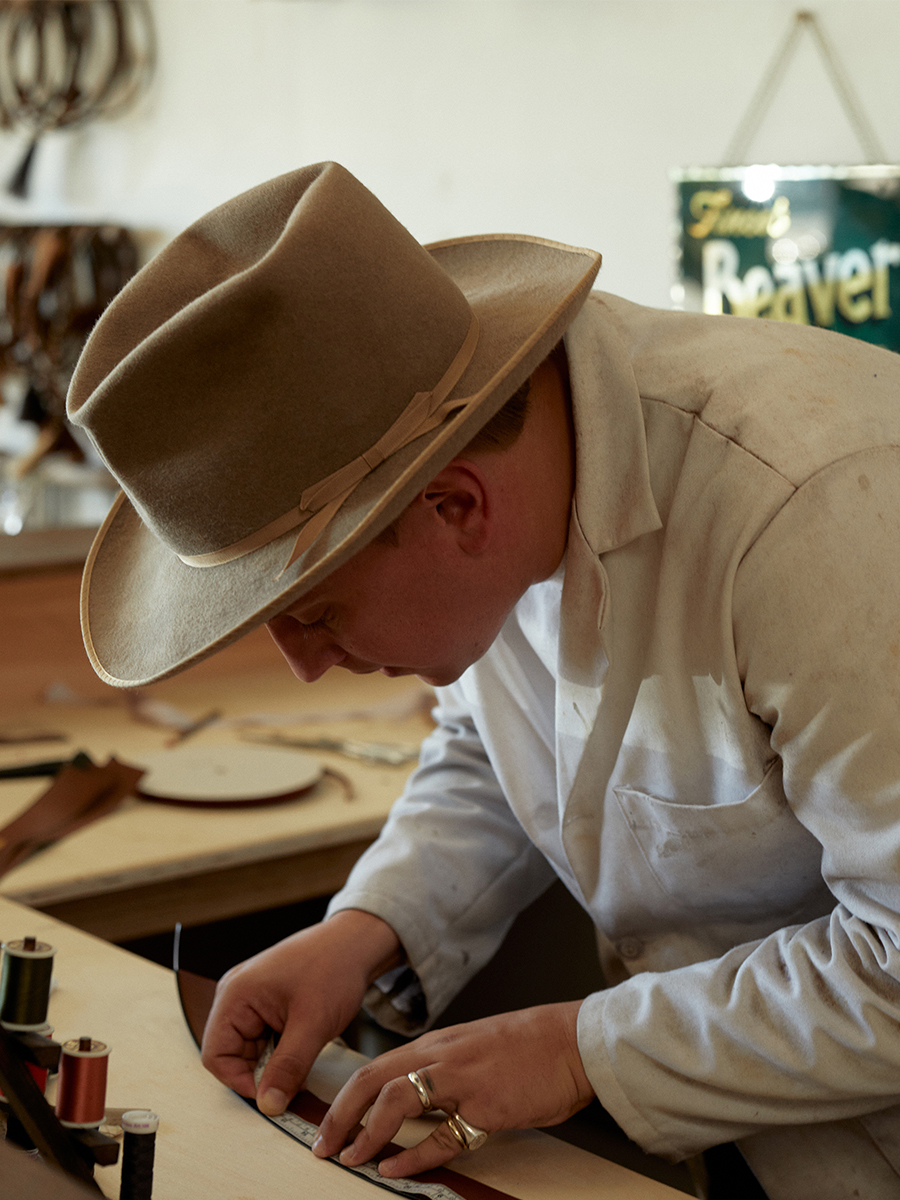
When I got into hat making, there was a lull in the fashionability of hats. They really took a dip and that’s exactly when I got into it. I’ve never really figured out if that was a good or bad thing. The main thing is I fell in love with it, and with the idea of making hats as they used to be made.
Learning how to actually do that was hard. There’s no textbook or school for this, any more. I would reach out to established hat makers and say, “Hey, I would love to learn how to make hats and I really want to make them well, can you show me?” No one was prepared to open up or take me seriously. So, I taught myself, instead.
I started to take apart pieces in my vintage collection and reverse-engineer them. I’d take them apart, put them back together, deconstruct them and study them. I just thought, “okay, if you won’t help, I’m going to keep going after this.”
The first few hats I made were junk. But the whole process of self-teaching worked out to my benefit because I learned how to do things in a way that worked for me. After a few years, some of those old-time hat makers started take me seriously. Once they realised I was in it for the right reasons, and that I wasn’t out to steal their clientele or become famous overnight, they started opening up a little bit. Eventually, I found a sweet spot where I’d taught myself enough, got some tidbits from old-timers and had a good few years of practice.

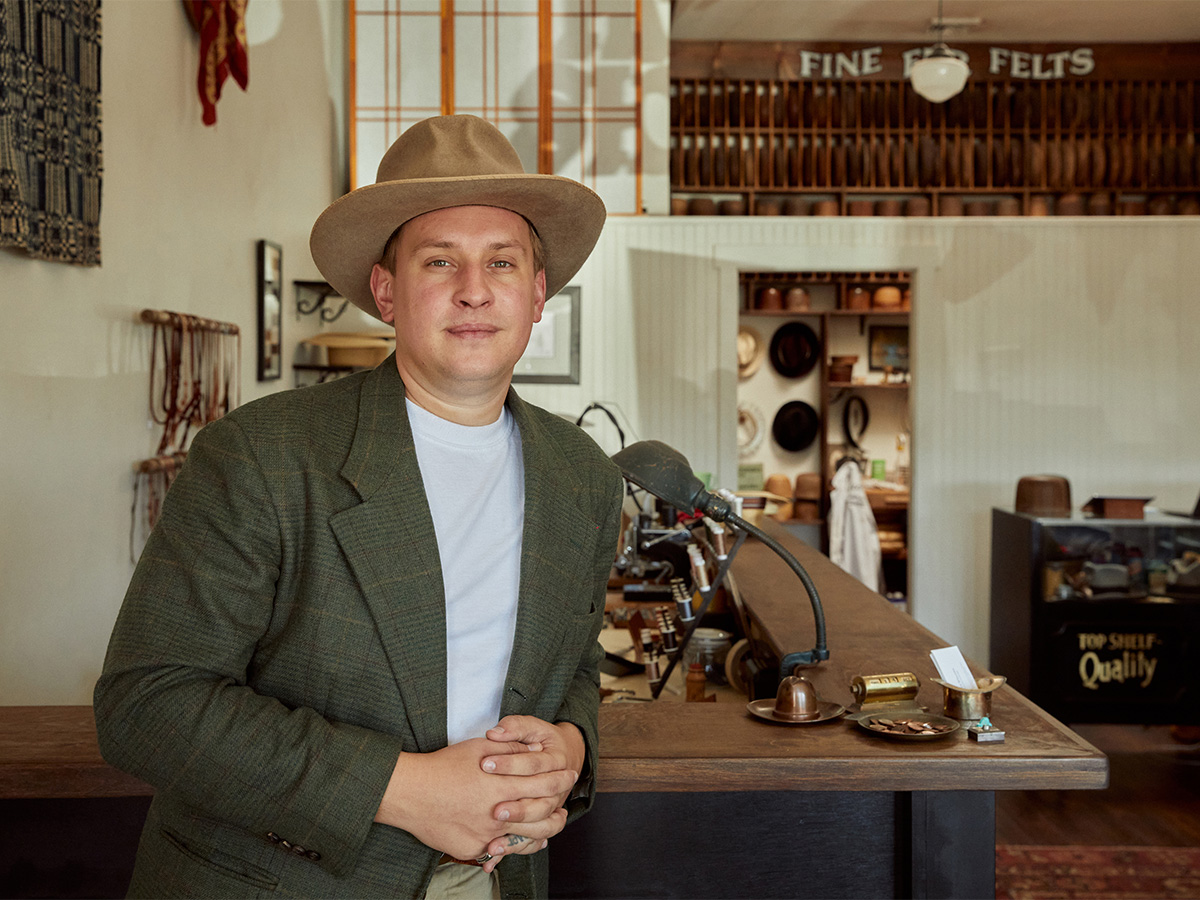
It sounds cheesy, but I really care about what I do. I care about my customers, about getting the fitting right, about the hat being functional for them, and I care about my customers’ confidence too. I love it when someone comes to me and says, “man, I really like the idea of a hat but I can’t find one that suits me.” We’ll do a private appointment and I’ll take some time to figure out how to really frame their face properly with a hat. I look at their shoulder-lines, their height, their jaw-line, the width of the brim – the list goes on. That’s the kind of thing that you just can’t get ready-to-wear.
Every single step I take to make a hat is done by hand. Currently, I don’t have one single sewing machine in my store. From pouncing the felt to give it a lovely smooth surface, to gently attaching the edge-binding, I use my own two fair hands – that’s it.
I always ask new clients: Is this hat for style or for function? If it’s for function, then some of the stylistic elements have to go out of the window – I’ll always create a hat that flatters you, but if you’re ordering something with a wide brim because you’re walking the dog three times a day, or you’re out on a ranch in the sun and need to protect your skin, I need to know about that. Working with customers who are using their hat as a functioning tool is my favourite kind of commission.
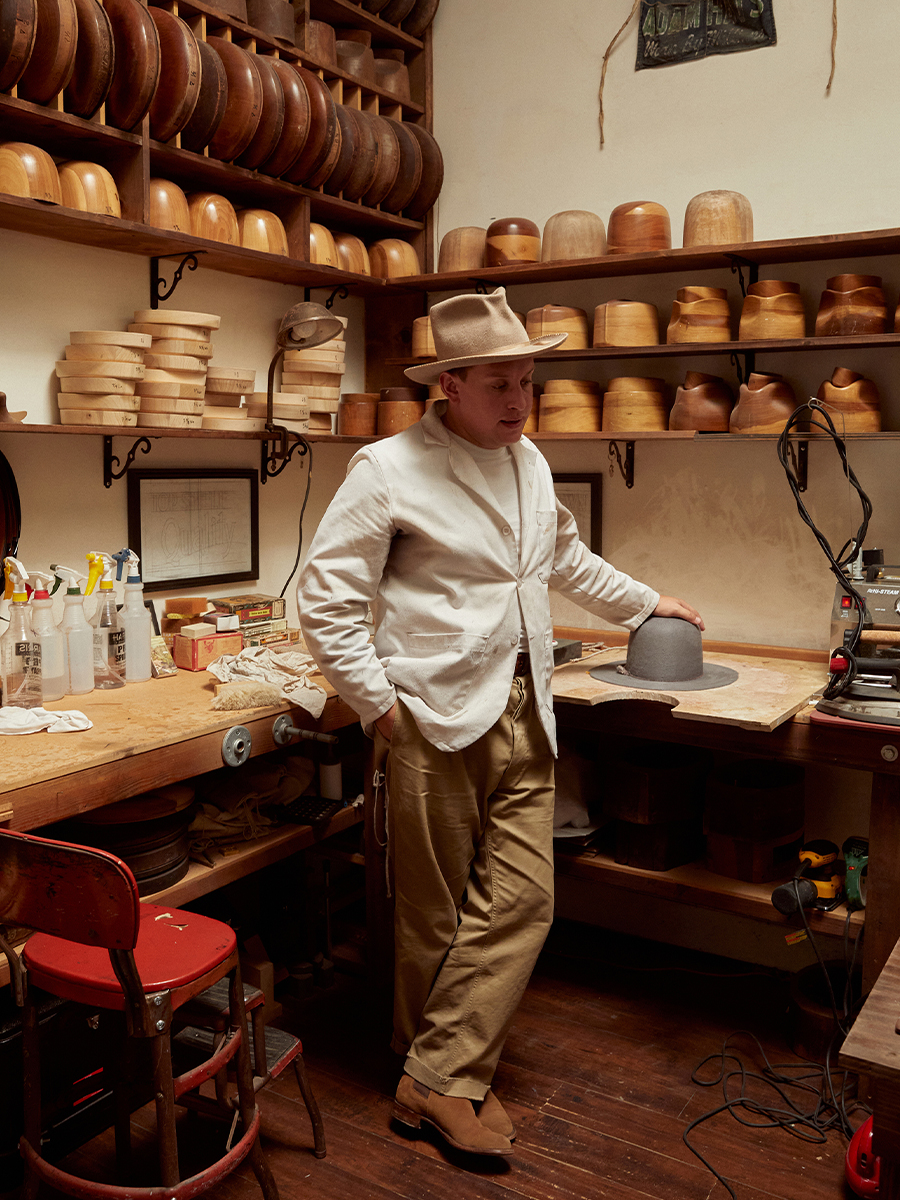
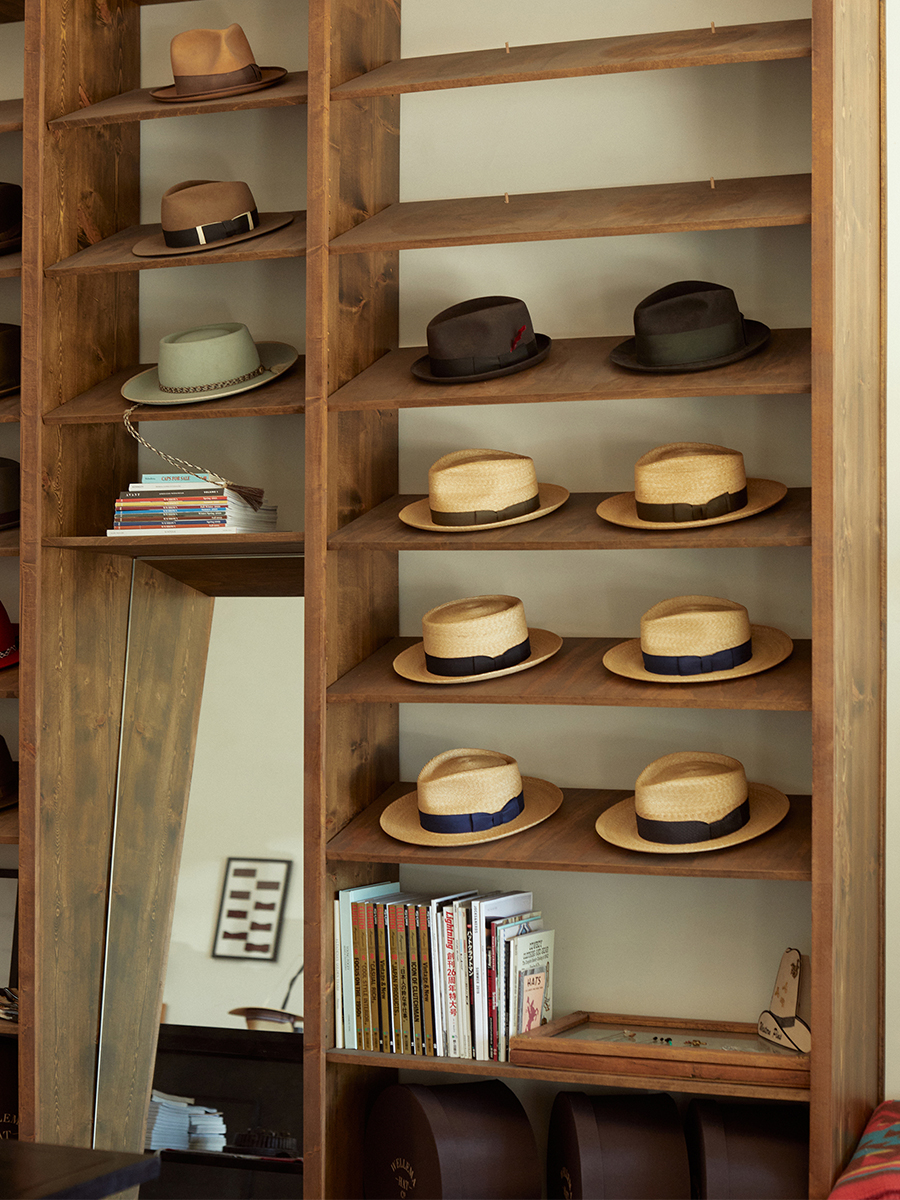
A lot of people come to me and ask me, “can you make me a distressed hat?” I’ll always try my best to talk them out of it and say, “look, let’s make you a beautiful brand new hat. Sure, it’ll be clean. It’ll look pristine. But then you get to live with it and bring it back to me in two years with your own distressing visible – earned from a life well-lived.” Get a new hat and pour your own life story into it, don’t just mess it up and pretend you’re a cowboy when you sit in an office for five days a week.
With a craft like this, whether we’re talking shoemaking, tailoring or carpentry, you’ve got to refine your skills over many years. You can’t wake up one morning and say “I’ve done it, I’m a master craftsman,” that’s not how this thing works. If you hit that point, you’ve plateaued, and I think it’s time then to hang up your tools. I hope to keep growing for many years to come.
Learn more about Cody’s work at wellemahatco.com
(Photos by Cody James)
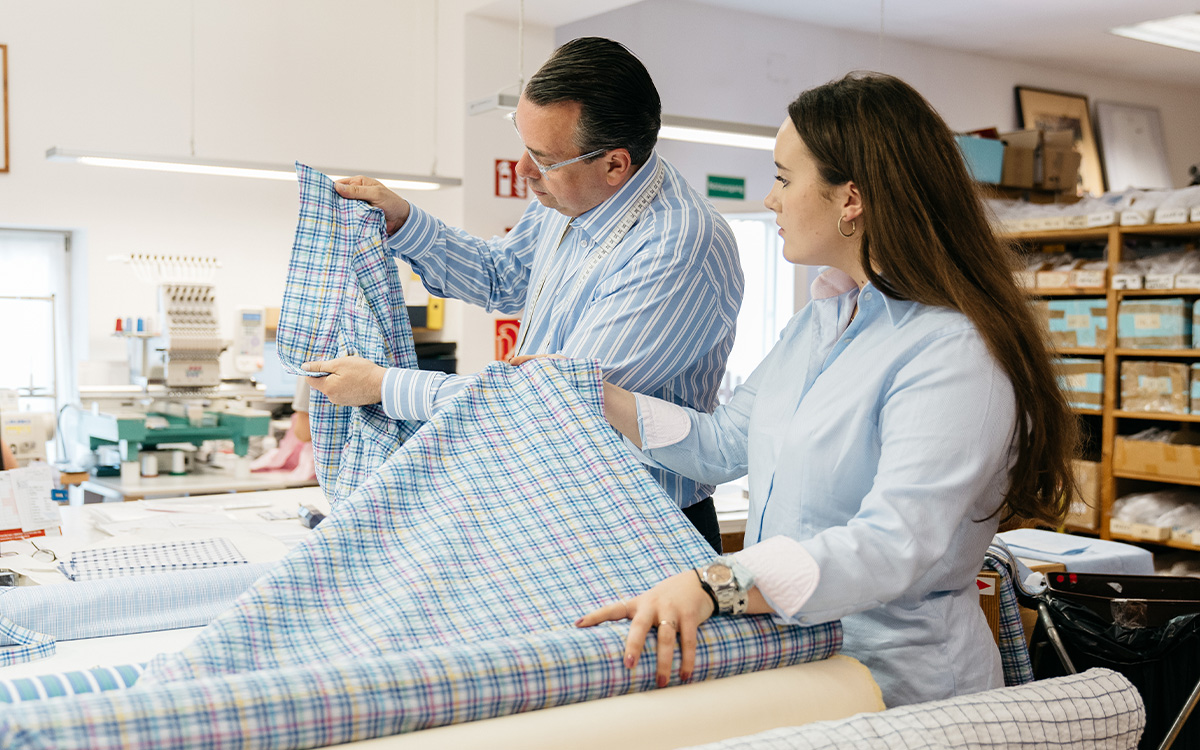
Venturini: Italian Elegance in Austria

The American Dream: Frank & Eileen
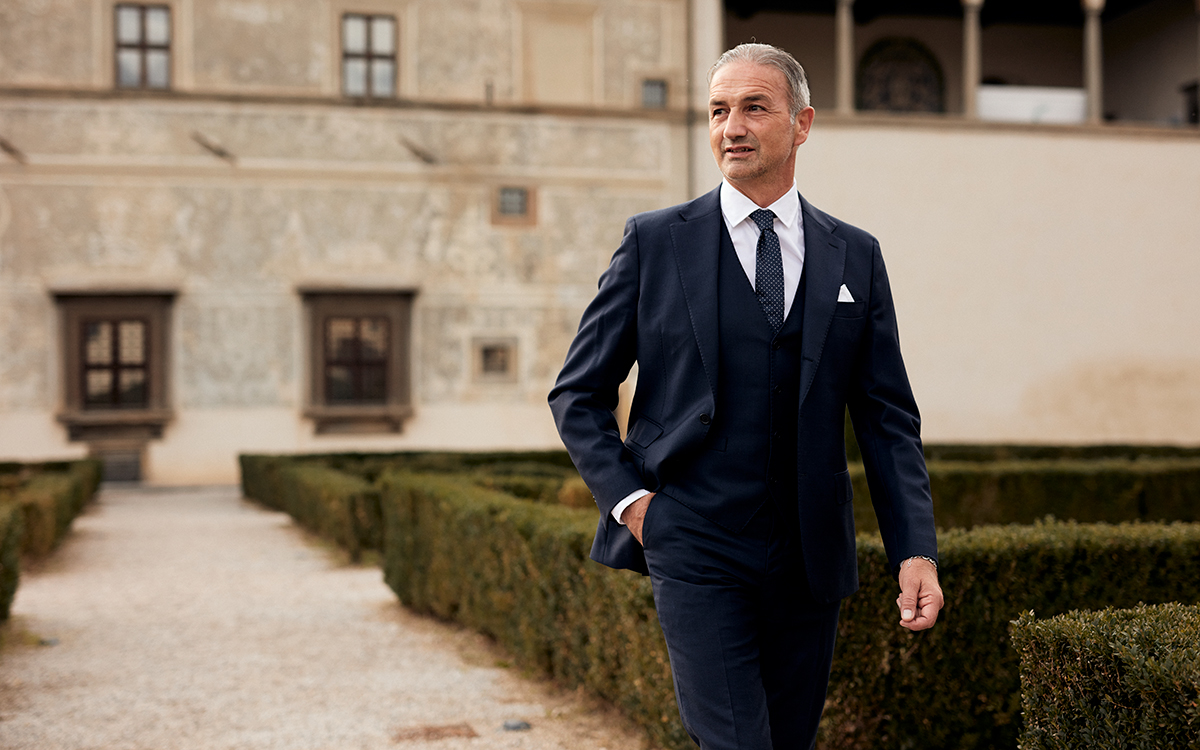
True Colours: Sartoria Margutti

Mond of Copenhagen talk 3D Body Scanning
Cotonificio Albini S.p.A. - Via Dr. Silvio Albini 1, 24021 Albino (BG) – Italy
Società con unico socio - diretta e coordinata da Albini Group S.p.A.
P.I. 01884530161 - C.F. 08743540158 - Iscritta al Registro Imprese di Bergamo - REA 244649
Capitale sociale sottoscritto e versato € 11.170.960